Tom Wheeler served as the 31st Chairman of the Federal Communications Commission from 2013-2017.
The Trump Administration appears to be following through on the president’s threats to online freedom of speech. On Aug. 28 President Trump tweeted about “RIGGED” online services “controlling what we can & cannot see” and how this “very serious situation—will be addressed!” The following day he explained to reporters, “You know what we want? Not regulation, we want fairness.” The momentum continued to build the next day when the president told Bloomberg, “it is a very antitrust situation, the three of them [Google, Facebook, and Amazon].
Only a few days later, the power of the federal government delivered an intimidating follow-through. The attorney general of the United States announced he was convening a meeting with state attorneys general on Sept. 25 “to discuss a growing concern that these companies may be…intentionally stifling the free exchange of ideas on their platforms.” Five Republican state attorneys general have been invited to attend so far.
The president’s definition of “fairness” seems to equate to “agreement.” The media are the “Enemy of the People” because they report “fake news”—i.e., coverage he doesn’t like. Now online media such as Google, Facebook and Twitter have joined the list of enemies.
Donald Trump exploited the internet platforms all the way to the White House, which makes his targeting of enemies even more transparent. “I’m the Ernest Hemingway of 140 characters,” he boasted of his use of Twitter. The president’s ability to manipulate social media is anything but fair and balanced.
Most interesting is how the president’s Twitter account blocks those with whom he does not agree; groups such as the veterans’ advocacy group VoteVets.org. When a federal judge ruled that blocking the ability to view and comment on @realDonaldTrump was violating individuals’ freedom of speech, Donald Trump appealed the decision so he could continue the blocking. The lawyers who are waging that appeal in favor of blocking social media are at the United States Department of Justice—the same people who are organizing state attorneys general to discuss “intentionally stifling the free exchange of ideas.”
The Fairness Doctrine
“We want fairness,” the president said. Government supervision of fairness is actually something the federal government has been done before—and that Republicans fiercely fought.
Until 1987 the federal government imposed a fairness requirement on broadcast media. Beginning in 1949, the Federal Communications Commission (FCC) required broadcasters to air both sides of controversial issues through the Fairness Doctrine. The Supreme Court later upheld the Fairness Doctrine by arguing that radio and television broadcasters had an obligation to present balanced coverage because they used the public’s airwaves. Republicans hated the Fairness Doctrine, arguing that requiring balance had a chilling effect on delivery of the conservative message.
When the Fairness Doctrine was repealed in the Reagan Administration, it was hailed by Republicans as a victory for free speech. The result of not having to present both sides of a story was conservative talk radio—and, one might argue, the modern Republican movement. Ever since its repeal, Democratic nominees to chair the FCC, as a part of their confirmation process, were questioned by Republican senators as to their intention to reinstate the Fairness Doctrine.
An expansive First Amendment
While Donald Trump may look the other way when it comes to the traditional application of the First Amendment, he certainly has supported an expansive definition of the First Amendment when it serves his purposes. A current favorite of conservatives is to discover the First Amendment in activities as diverse as discriminating against gay couples, allowing unlimited political spending, and limiting the activities of public employee unions. Supreme Court Justice Elena Kagan described such activity as “weaponizing the First Amendment.” Supreme Court nominee Brett Kavanaugh, sitting as an appeals court judge, even found a First Amendment violation in the FCC’s rules making internet service providers common carriers like telephone companies.
What is fascinating about the president’s attacks on the First Amendment is the absence of an outcry from its traditional corporate defenders. Imagine the outcry if the attorney general had convened a meeting to review the news decision-making activities of broadcasters. Think about the outrage if the Justice Department announced an inquiry into the decisions by cable networks about what channels they carry. Envision the explosion if the internet networks were summoned to the Justice Department to explain why content they own is favored over competitors on their networks. Each of these businesses—and their powerful lobbying groups—are mute, however. One could hypothesize that because the Trump Administration is giving the companies all they want on the deregulation and tax cut fronts, they will not risk stepping forward on a matter of principle.
The pathology of how principles die begins with a demagogue and the failure of others to defend the principle. First it was The New York Times, then CNN, then NBC, then online platforms…where does it stop? Who will stand for principle?
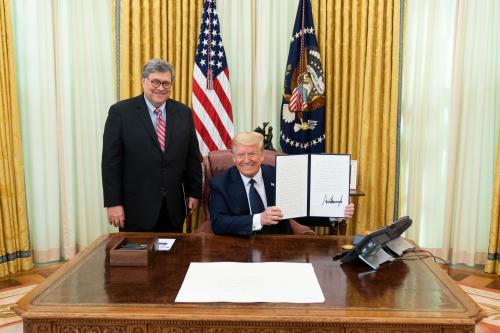
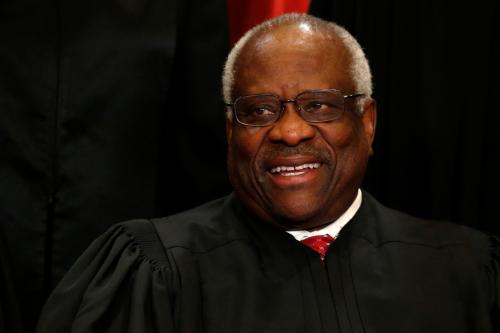
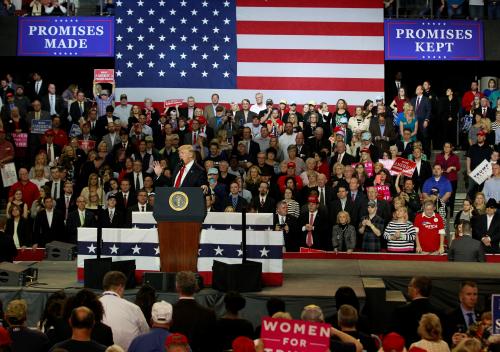

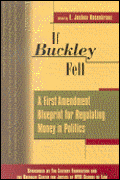




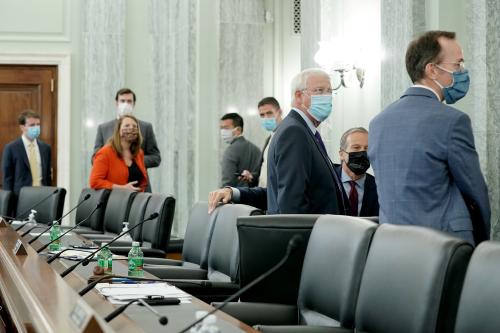
Commentary
Who will stand up for the First Amendment on internet platforms?
September 13, 2018